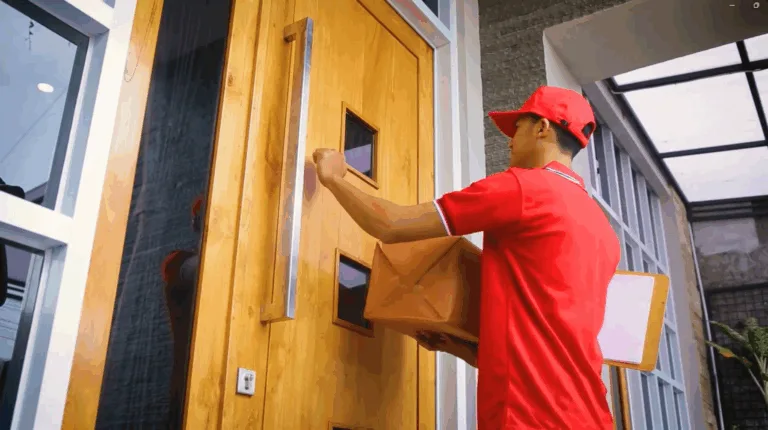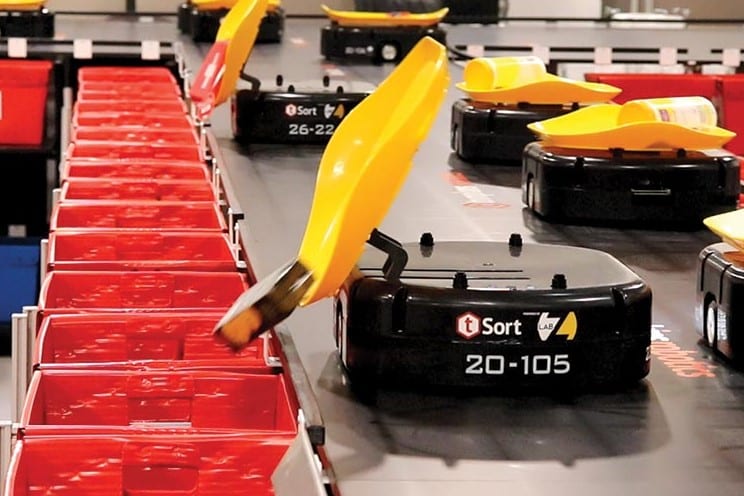Unlocking the Power of Foreign Trade Zones for Your Business
With import duties and tariffs on the rise, businesses are seeking smart ways to manage costs and optimize supply chains. Foreign Trade Zones (FTZs)—also known as Foreign-Trade Zones or Free Trade Zones—offer a practical solution, delivering financial and operational advantages by deferring both customs duties and tariffs. At Komar Distribution Services, all our facilities are designated FTZs, empowering companies to tap into these Foreign Trade Zone benefits for logistics effortlessly. This article explores FTZ advantages, setup processes, and key considerations for reducing import costs with FTZ strategies—partner with Komar to see how we can transform your operations.
WHY FTZS MATTER: DEFERRING DUTIES AND THOW TO SET UP AN FTZ TARIFFS
FTZs are secure areas supervised by U.S. Customs Service, treated as outside U.S. customs territory for tariff and duty purposes. Goods can enter an FTZ for storage, processing, or repackaging without immediate payment of customs duties or tariffs—these costs are deferred until items leave for the U.S. market. This duty deferral boosts cash flow, providing significant duty deferral benefits for importers managing international supply chains.
Additional benefits include:
- MPF Savings: Merchandise Processing Fees (MPFs) can cost up to $495 per entry, but
FTZs allow all entries to be consolidated on a weekly basis into a single filing, slashing
frequency and delivering substantial FTZ merchandise processing fee savings. - Flexible Storage: Store goods indefinitely with FTZ inventory management solutions,
unlike time-constrained alternatives. - Logistics Efficiency: Enhance operations across all warehouse sites through supply
chain optimization.
“FTZs offer extended storage flexibility with no time limits, empowering
businesses to manage inventory on their terms.”
HOW TO SET UP AN FTZ
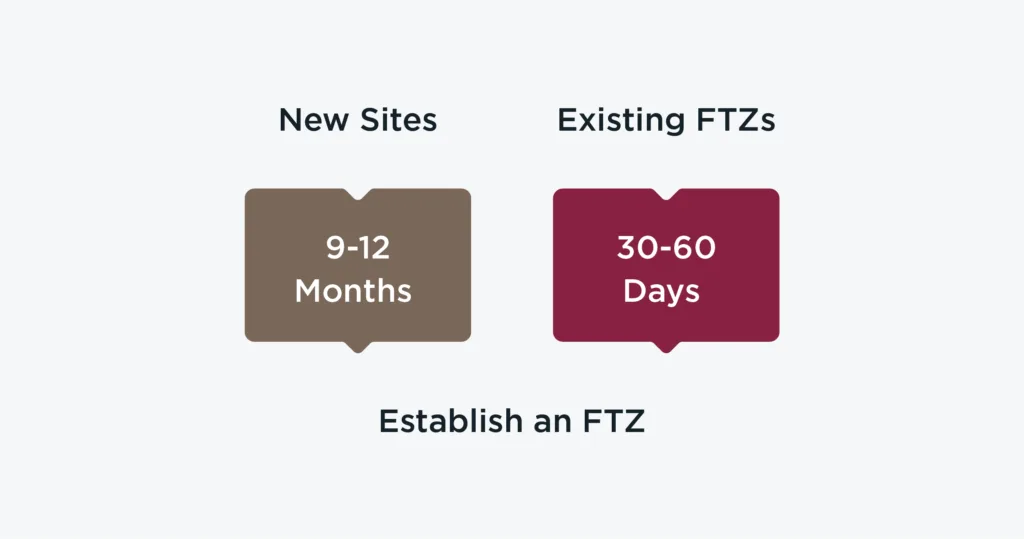
HOW LONG DOES FTZ SETUP TAKE?
IS FTZ ADMINISTRATION COMPLEX?
Contact Komar Distribution Services to explore our FTZ solutions
tailored to your needs.
BONDED WAREHOUSE VS. FTZ: WHAT’S THE DIFFERENCE?
Both bonded warehouses and FTZs defer customs duties and tariffs, but FTZs provide clear advantages
- Time Limits: Bonded warehouses cap storage at five years; FTZs have no limit, enhancing inventory management.
- Activities: FTZs permit manufacturing or repackaging, potentially reducing duties and offering tariff benefits on finished goods; bonded warehouses focus on storage with limited manipulation.
- Trade Flexibility: FTZs support complex supply chains with greater operational options.
- Entry Procedures: FTZs allow weekly consolidated entries, cutting paperwork and fees compared to per-shipment entries in bonded warehouses.
- Geographic Considerations: FTZs can be established in more locations, while bonded warehouses are typically near ports of entry.
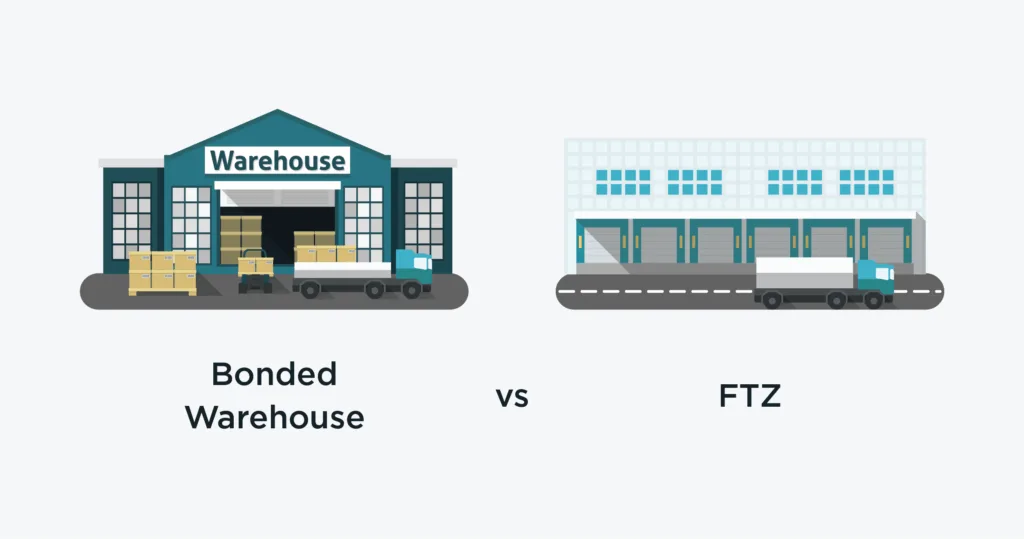
DO FTZS SPEED UP CUSTOMS CLEARANCE?
reducing MPF costs from $495 per entry to a single filing.
MOVING FORWARD WITH FTZS
Ready for reducing import costs with FTZ strategies?
Contact info@komardistribution.com
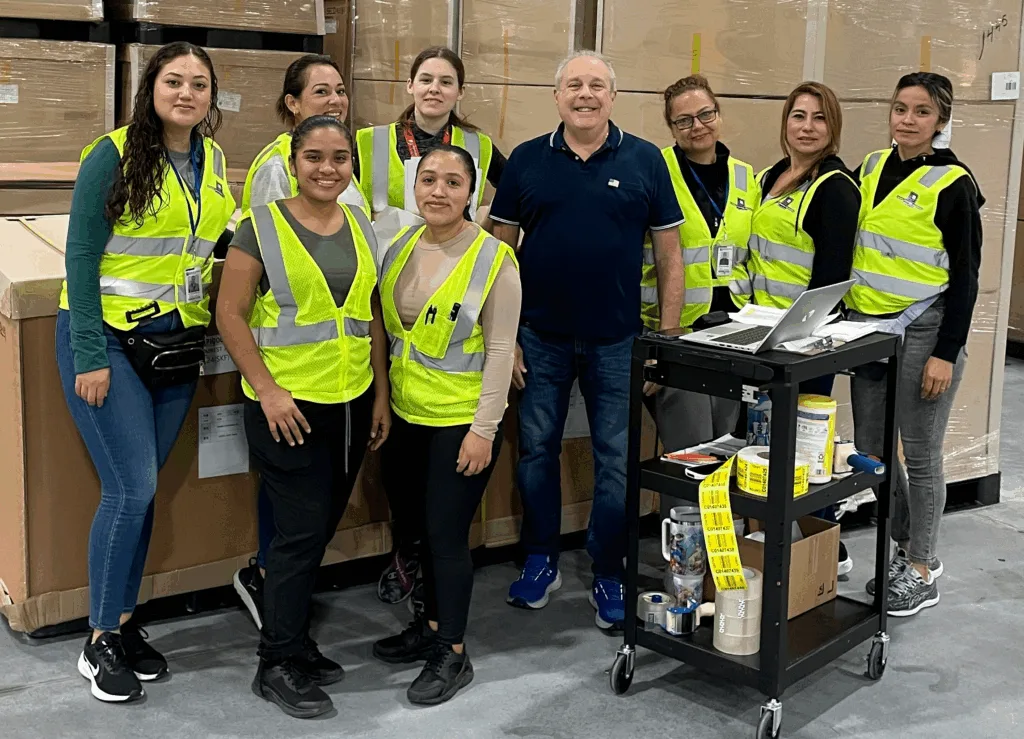
Locations
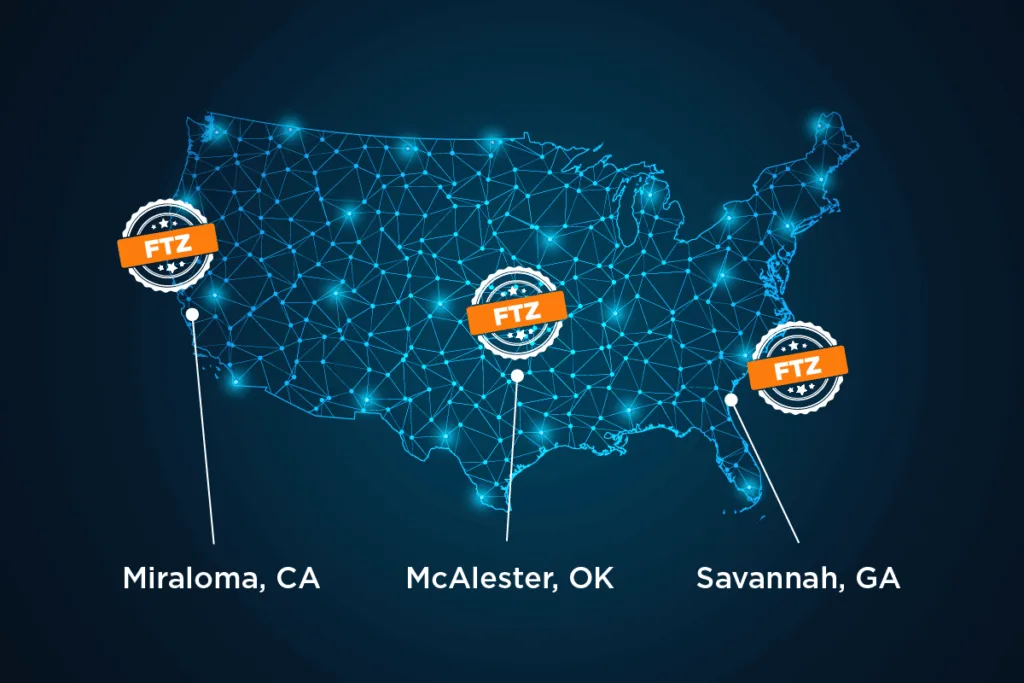
Komar Distribution Services stands out as a premier provider of B2B logistics, ecommerce fulfillment, and value-added supply chain services. With over 100 brands and 500 retailers served across 50 product categories, Komar leverages cutting-edge technology, data analytics, and a customer-centric approach to optimize supply chain performance.
About KDS

Since its establishment in 1908, Komar has been a pioneer in apparel design, sourcing, and manufacturing. Building on this rich heritage, Komar Distribution Services (KDS) was launched in 1998, marking our expansion into B2B and eCommerce fulfillment, along with value-added services.Today, KDS stands as a leader in supply chain solutions, serving over 100 brands and 500 retailers across 50 diverse categories.


